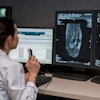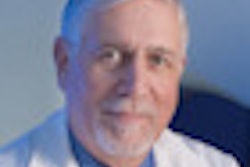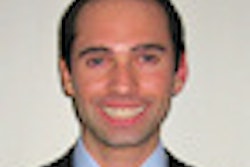Dear AuntMinnie Member,
On February 1, Dr. James Thrall stepped down as chairman of the department of radiology at Massachusetts General Hospital, a position he held for many years. The move begins to close the curtain on the career of an individual who was arguably one of the most influential figures in radiology.
In an exclusive column for our Imaging Leaders Digital Community, Dr. Thrall reflects on the changes he's seen in 30 years of leading radiology departments. Over the course of his career, he's watched radiology evolve from an ancillary service into one of the key specialties in healthcare, guiding medical decisions from initial diagnosis to treatment monitoring.
But as anyone in radiology knows, the field currently sits at a crossroads. Dr. Thrall believes that radiology experienced a classic bubble over the past three decades, and as soon as imaging became the fastest-growing segment of healthcare costs, pressure developed to bring those costs down.
Learn more about Dr. Thrall's thoughts on radiology by clicking here, or visit the Imaging Leaders Digital Community at leaders.auntminnie.com.
In other news in the community, the American College of Radiology (ACR) is pointing out what it believes are inaccuracies in Steven Brill's recent opus on healthcare costs in Time magazine. Find out what ACR has to say about the story by clicking here.
CT lung screening saves lives
CT lung screening has been getting tons of press lately, but a new study released this week puts a number on the value of the technique in terms of the lives it could save: 12,000 per year in the U.S. alone.
Researchers from the American Cancer Society used criteria from the National Lung Screening Trial (NLST) to estimate how many lives each year might be saved if screening were fully implemented. And the number could be even higher if CT lung screening's mortality benefit is actually greater than the 20% figure NLST reported.
Learn more about the study by clicking here, or visit our CT Digital Community at ct.auntminnie.com.
Reducing repeats
Finally, CDs from external imaging facilities are the bane of any hospital handling transferred patients. Such studies are often repeated, leading to additional healthcare costs to the system and additional radiation for patients.
But do they really need to be repeated? Researchers from the University of California, San Francisco evaluated a policy of formally reporting images on transferred CDs, rather than repeating the studies in-house.
They found that far fewer patients who had their images formally reported required repeat imaging. Find out how many by clicking here, or visit our PACS Digital Community at pacs.auntminnie.com.



















